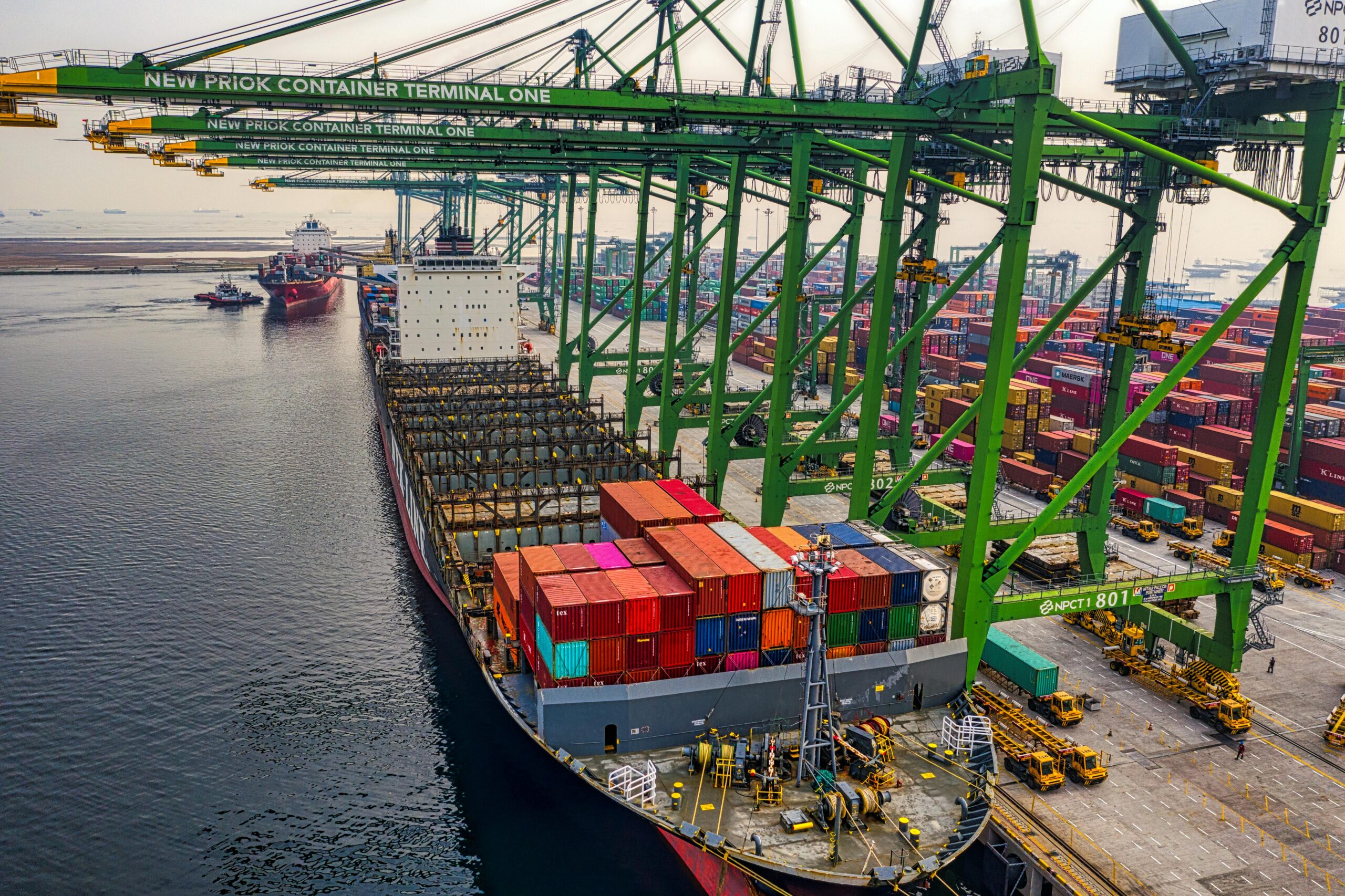In April 2025, President Donald Trump announced sweeping new tariffs under the so-called “Liberation Day” policy, imposing a universal 10% baseline tariff on all imports to the U.S., alongside steeper, country-specific rates. Indonesia, one of Southeast Asia’s largest economies, was hit with a 32% tariff—one of the highest in the region—targeting key exports such as palm oil, rubber, electronics, and automotive components.
Palm Oil: A Sector Under Pressure
Palm oil, a cornerstone of Indonesia’s export economy, is particularly vulnerable. The U.S. accounted for 7% of Indonesia’s palm oil export volume and revenue in 2023. With the new 32% tariff, Indonesian producers face a significant competitive disadvantage compared to Malaysian exporters, who are subject to lower export duties.
In response, industry groups like GAPKI have urged the Indonesian government to reduce export levies, which currently add $221 per ton to costs, compared to Malaysia’s $140. They propose a targeted $100-per-ton reduction specifically for shipments to the U.S. to maintain competitiveness.
Manufacturing and Employment at Risk
Beyond palm oil, Indonesia’s broader manufacturing sector is feeling the strain. The Institute for Development of Economics and Finance (INDEF) warns that the tariffs could trigger mass layoffs, particularly in export-dependent industries. Sectors like textiles and rubber are already grappling with increased competition from cheaper Chinese products being redirected away from the U.S. market.
The textile company Sritex, for instance, has ceased operations due to these pressures. The influx of Chinese textiles has driven prices down, squeezing profit margins and threatening the viability of Indonesian manufacturers.
Currency Fluctuations and Economic Stability
The tariffs have also impacted Indonesia’s currency, with the rupiah reaching its lowest level against the U.S. dollar since the 1998 Asian Financial Crisis. While a weaker rupiah could, in theory, make Indonesian exports more competitive, it also raises import costs, complicating the country’s inflation outlook and potentially leading to stagflation.
Government Response and Strategic Shifts
In an effort to mitigate the impact of the tariffs, the Indonesian government has announced a series of trade concessions, including reducing taxes on electronic goods and steel, ahead of negotiations with the U.S. Additionally, Indonesia plans to purchase U.S. liquefied petroleum gas, liquefied natural gas, and soybeans, signaling a willingness to balance trade relations.
However, some analysts argue that these measures may not be sufficient. They suggest that Indonesia should prioritize domestic-oriented policies and scale back export-oriented programs, given the current global trade uncertainties.
Conclusion: Navigating a Challenging Trade Landscape
President Trump’s tariffs have introduced significant challenges for Indonesia’s export industry, affecting key sectors and threatening economic stability. While the government’s immediate responses aim to cushion the blow, long-term strategies focusing on economic diversification, domestic market development, and enhanced competitiveness are essential.
As Indonesia navigates this complex trade environment, balancing international relations with domestic economic priorities will be crucial to ensuring resilience and sustainable growth.


